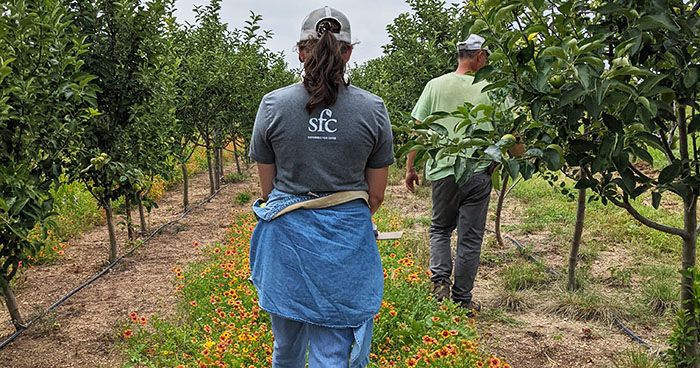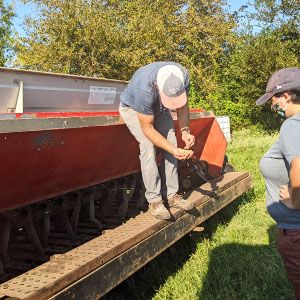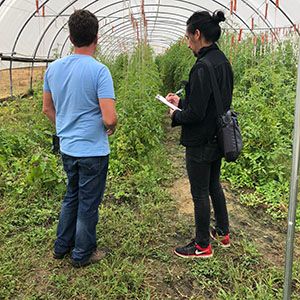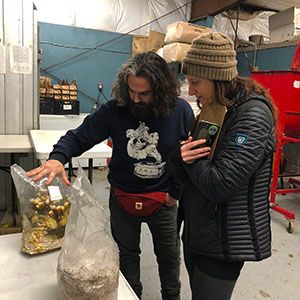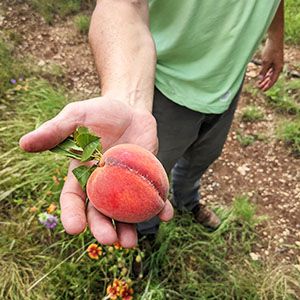Early enough to beat the heat of the day, SFC staff arrives at a nearby mixed vegetable farm, donning boots, hats, and clipboards. Farmer Paul of Priverno Farm starts by showing us around, describing upcoming crop plans for the next season, and lamenting the squash borers that have somehow already gotten into the zucchini rows.
Morgan Ehmling, SFC Farm Viability Manager, offers up a suggestion to address the problem.
“I heard that switching varieties between years can lessen the problem, there are even some varieties like butternuts that are naturally more resistant. I can connect you after our visit with an Integrated Pest Management specialist if you’re interested.”
This is a very familiar routine for the Farm Viability team at SFC. Since 2018, our Farm Viability staff have committed to biannually visiting every farm in our network as part of a new project called Sustainability Impact Statements.
Through this project, we are working to better understand the unique environmental factors that influence the viability of our local farms and ranches. Over the past three years doing this work, we’ve gotten to see these farms grow and change, some shifting dramatically while others plug away at small improvements.

